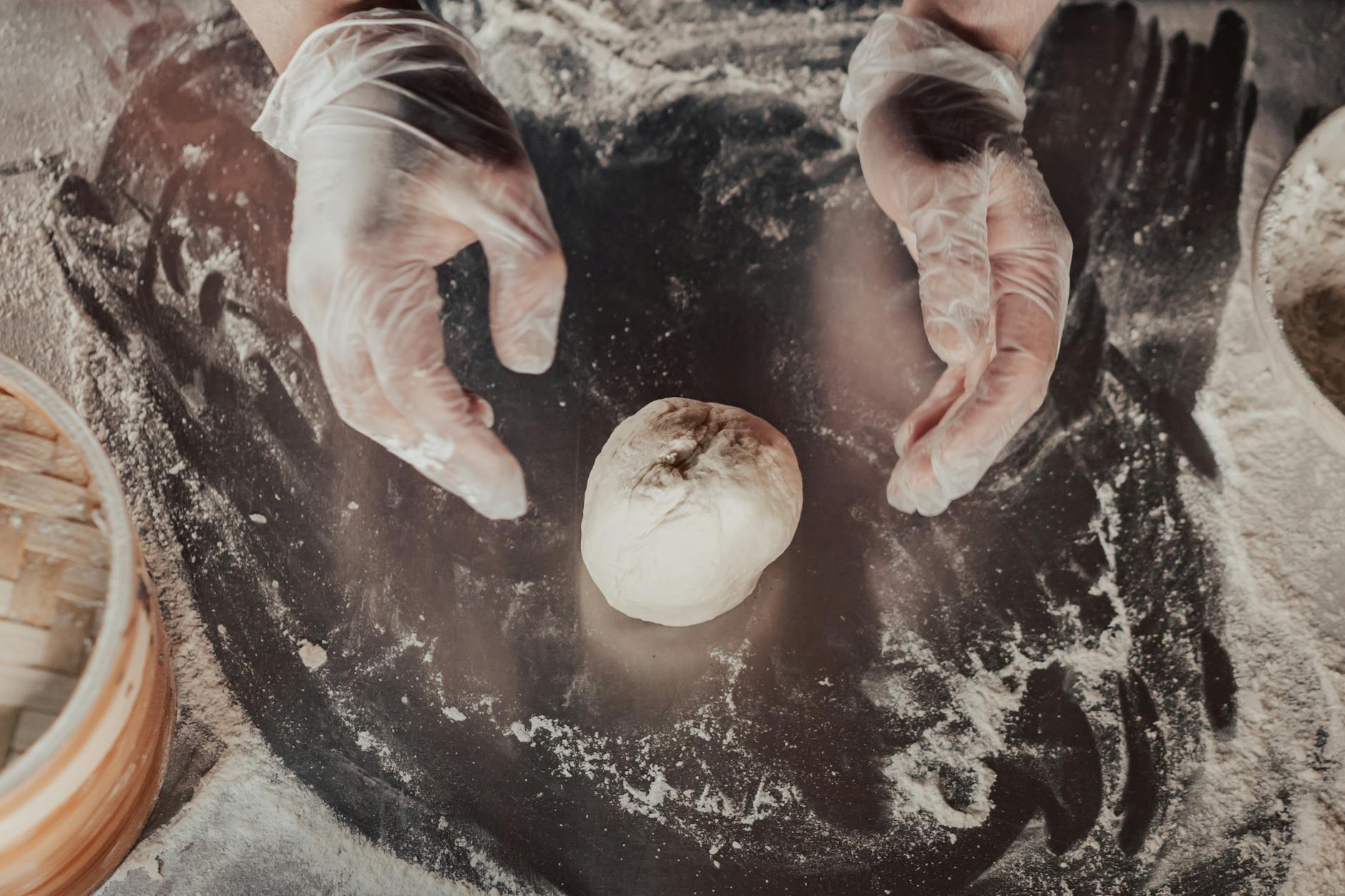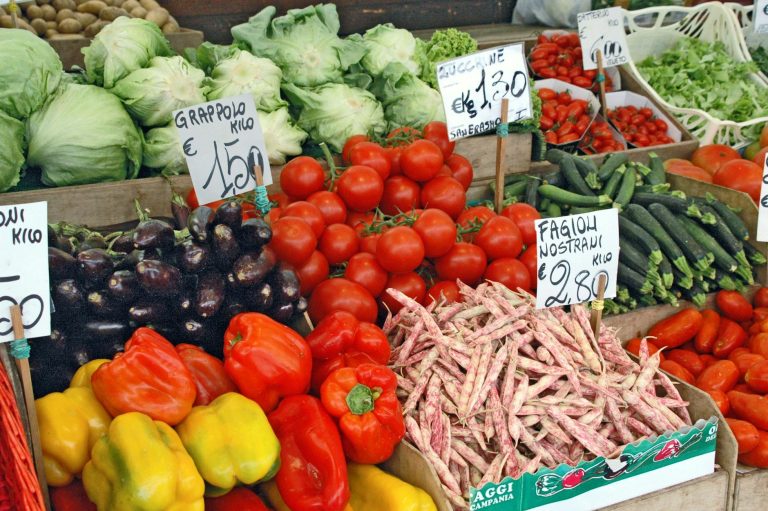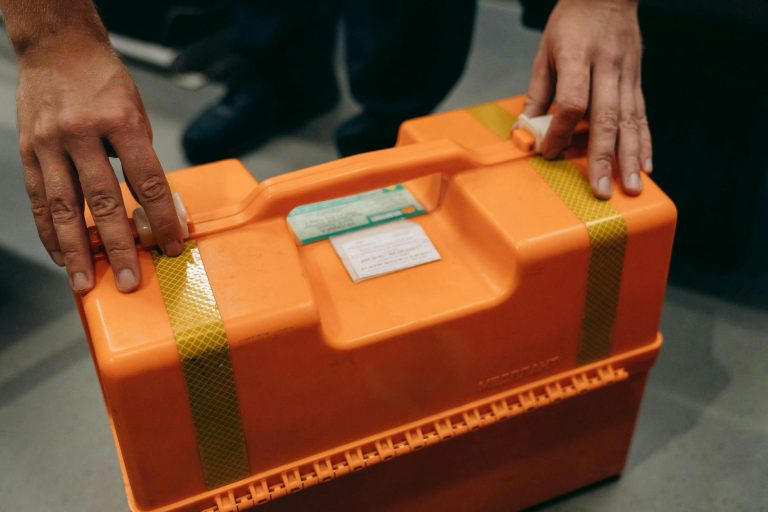Eating Safe Abroad: How to Avoid Traveler’s Diarrhea
Have you ever been excited about trying exotic cuisine on your dream vacation, only to end up spending most of your trip in the bathroom? 😱 Traveler’s diarrhea is a common nemesis for globetrotters, affecting up to 70% of international travelers. But don’t let this stomach-churning possibility dampen your wanderlust!
Imagine savoring street food in Bangkok, indulging in tapas in Barcelona, or enjoying a traditional feast in Marrakech – all without the fear of digestive distress. 🌮🥘🍣 It’s not just a dream; with the right knowledge and precautions, you can explore the world’s culinary delights safely. From understanding the causes of traveler’s diarrhea to mastering local cuisine safety strategies, this guide will equip you with everything you need to keep your gut happy while abroad.
In this comprehensive blog post, we’ll dive into the essentials of eating safe abroad. We’ll explore safe food practices, share crucial personal hygiene tips, and reveal the must-pack items for digestive health. Plus, we’ll arm you with strategies to navigate local cuisines safely and provide guidance on what to do if illness strikes. Get ready to embark on a journey of culinary adventure – without the unwelcome souvenir of traveler’s diarrhea!
Understanding Traveler’s Diarrhea

A. What causes traveler’s diarrhea
Traveler’s diarrhea is primarily caused by consuming contaminated food or water. The most common culprits are:
- Bacteria (e.g., E. coli, Salmonella)
- Viruses (e.g., Norovirus, Rotavirus)
- Parasites (e.g., Giardia, Cryptosporidium)
| Pathogen Type | Examples | Typical Incubation Period |
|---|---|---|
| Bacteria | E. coli, Salmonella | 1-3 days |
| Viruses | Norovirus, Rotavirus | 1-2 days |
| Parasites | Giardia, Cryptosporidium | 1-2 weeks |
B. Common symptoms to watch for
Be alert for these typical symptoms of traveler’s diarrhea:
- Sudden onset of loose, watery stools
- Abdominal cramps or pain
- Nausea and vomiting
- Bloating
- Fever (in some cases)
- Urgent need to use the bathroom
C. High-risk destinations
Certain regions pose a higher risk for traveler’s diarrhea:
- Most of Asia (except Japan)
- Middle East
- Africa
- Mexico and Central America
- South America
D. Who is most susceptible
While anyone can contract traveler’s diarrhea, some groups are more vulnerable:
- Young children and infants
- Elderly travelers
- People with weakened immune systems
- Those with chronic medical conditions
- Adventurous eaters who frequently try street food
Now that we understand the basics of traveler’s diarrhea, let’s explore safe food practices to help you avoid it during your travels.
Safe Food Practices Abroad

Choose reputable restaurants
When dining abroad, selecting well-established restaurants is crucial for minimizing the risk of traveler’s diarrhea. Look for eateries with high ratings on reputable travel websites and those recommended by locals or your hotel staff. These establishments are more likely to adhere to proper food safety standards.
Avoid raw or undercooked foods
Raw or undercooked foods pose a higher risk of bacterial contamination. To stay safe:
- Opt for well-cooked meats and seafood
- Avoid salads or uncooked vegetables unless you’re certain they’ve been properly washed
- Be wary of unpasteurized dairy products
Be cautious with street food
Street food can be a delightful part of your travel experience, but it requires extra caution:
- Observe the vendor’s hygiene practices
- Choose stalls with high turnover of customers
- Opt for foods cooked fresh in front of you
- Avoid pre-prepared items sitting out in the open
Stick to bottled water and beverages
Contaminated water is a common cause of traveler’s diarrhea. Follow these guidelines:
| Beverage Type | Safe Options | Avoid |
|---|---|---|
| Water | Sealed bottled water, boiled water | Tap water, ice cubes |
| Hot drinks | Tea, coffee made with boiled water | Drinks made with tap water |
| Cold drinks | Factory-sealed sodas, juices | Fresh-squeezed juices, drinks with ice |
Remember to use bottled water for brushing teeth and avoid swallowing water while showering. By following these safe food practices, you’ll significantly reduce your risk of digestive issues and enjoy a healthier travel experience. Now, let’s explore some essential personal hygiene tips to further protect your health while traveling.
Personal Hygiene Tips
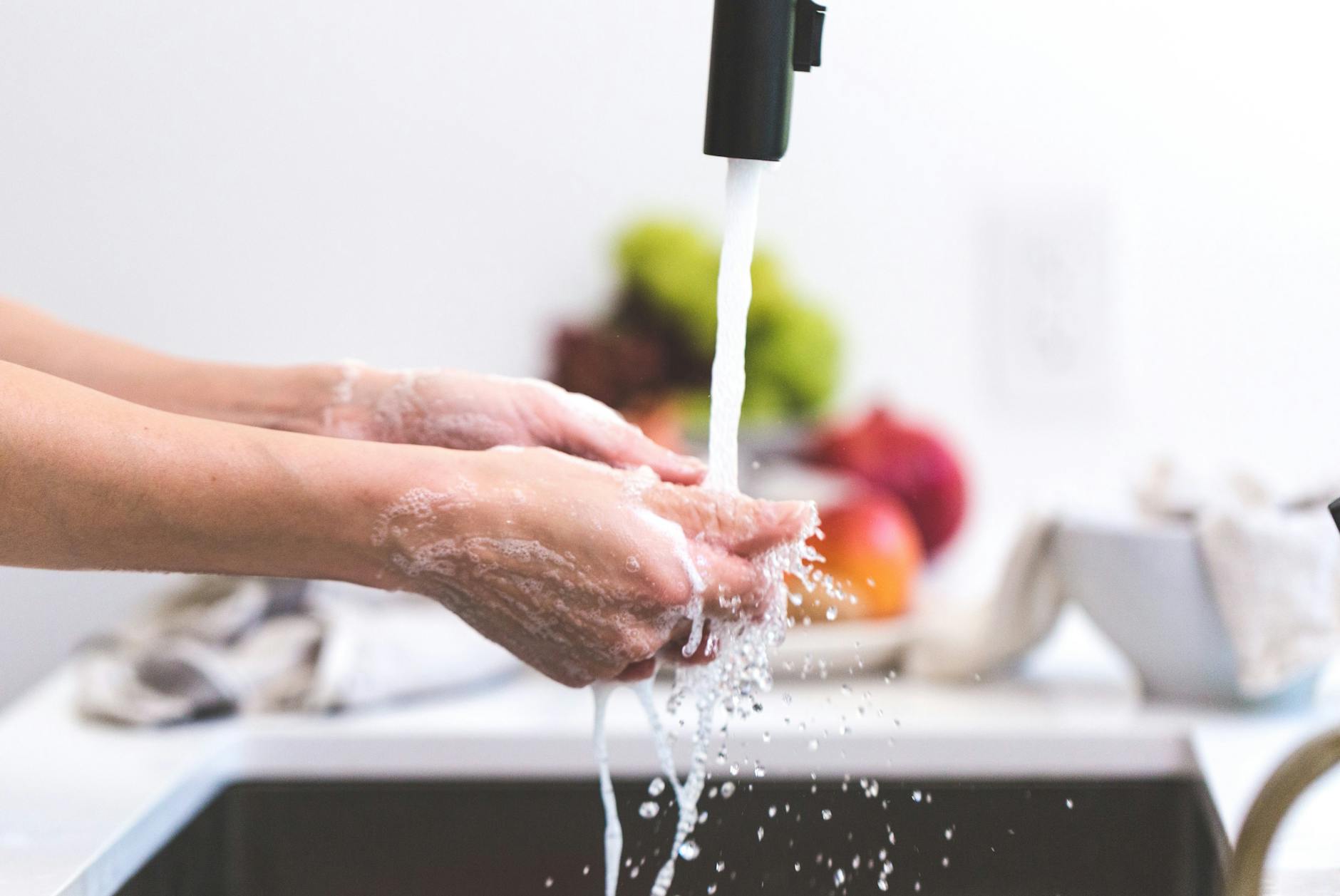
Wash hands frequently
Maintaining proper hand hygiene is crucial when traveling abroad to prevent traveler’s diarrhea. Always wash your hands:
- Before eating or preparing food
- After using the bathroom
- After touching animals or handling money
- When returning to your accommodation
Use warm water and soap, scrubbing for at least 20 seconds. Pay attention to often-neglected areas like between fingers and under nails.
Use hand sanitizer when soap is unavailable
When soap and water aren’t accessible, alcohol-based hand sanitizers are your next best defense. Consider these tips:
- Choose a sanitizer with at least 60% alcohol content
- Use enough to cover all hand surfaces
- Rub hands together until completely dry
| Situation | Best Option | Alternative |
|---|---|---|
| Before meals | Soap and water | Hand sanitizer |
| After bathroom use | Soap and water | Sanitizing wipes |
| On public transport | Hand sanitizer | Sanitizing wipes |
Avoid touching face with unwashed hands
Our hands constantly come into contact with potentially contaminated surfaces. To minimize the risk of infection:
- Be mindful of face-touching habits
- Use tissues or clean napkins when necessary
- Keep your hands occupied with other activities
By following these personal hygiene practices, you significantly reduce your risk of contracting traveler’s diarrhea. Next, we’ll explore the essential items you should pack to maintain digestive health during your travels.
Packing Essentials for Digestive Health

Bring over-the-counter medications
When preparing for your trip, it’s crucial to pack a well-stocked travel medicine kit. Include the following essential over-the-counter medications:
- Loperamide (Imodium) for diarrhea relief
- Bismuth subsalicylate (Pepto-Bismol) for upset stomach
- Antacids for heartburn and indigestion
- Anti-nausea medication
Pack oral rehydration solutions
Dehydration is a serious risk when experiencing traveler’s diarrhea. Always carry oral rehydration salts (ORS) or electrolyte powder packets. These are vital for replenishing lost fluids and electrolytes.
| Benefit | ORS | Sports Drinks |
|---|---|---|
| Electrolyte balance | Optimal | Suboptimal |
| Sugar content | Low | High |
| Effectiveness | High | Moderate |
Consider probiotics for gut health
Probiotics can help maintain a healthy gut flora and potentially reduce the risk of traveler’s diarrhea. Consider packing:
- Probiotic supplements in capsule form
- Shelf-stable probiotic-rich snacks
Bring water purification tools
Safe drinking water is crucial for avoiding traveler’s diarrhea. Pack these water purification essentials:
- Portable water filter
- Water purification tablets
- UV water purifier
Now that you’ve packed these digestive health essentials, let’s explore strategies for safely enjoying local cuisine while abroad.
Local Cuisine Safety Strategies
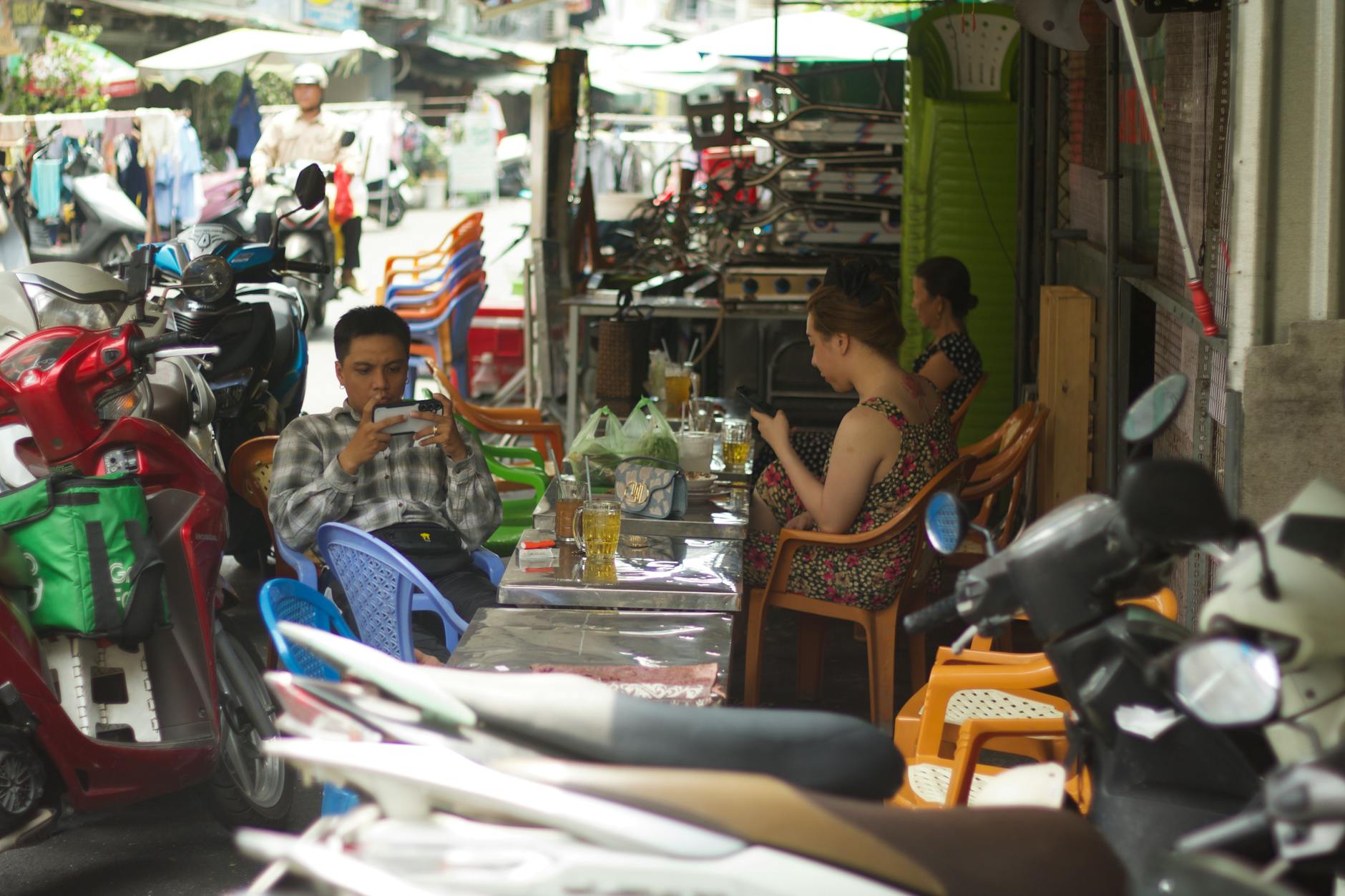
Research local food safety practices
Before diving into the local cuisine, it’s crucial to understand the food safety practices of your destination. This knowledge can significantly reduce your risk of traveler’s diarrhea.
- Research common ingredients and cooking methods
- Understand local water purification practices
- Learn about food storage and handling norms
| Research Sources | Benefits |
|---|---|
| Travel guides | General overview of local cuisine |
| Health websites | Specific food safety information |
| Local food blogs | Insider tips on safe eating spots |
Learn key phrases to inquire about food preparation
Communication is key when it comes to ensuring food safety. Learning a few essential phrases in the local language can help you make informed choices about what to eat.
- “Is this cooked thoroughly?”
- “Does this contain raw ingredients?”
- “Is this made with purified water?”
Gradually introduce new foods to your diet
Easing into the local cuisine can help your digestive system adjust to new flavors and ingredients. Start with familiar foods and gradually incorporate local dishes.
- Begin with mild, cooked dishes
- Slowly introduce spicier or more exotic options
- Pay attention to how your body reacts to new foods
Seek recommendations from locals or hotel staff
Locals and hotel staff can be invaluable resources for finding safe and delicious food options. They often know which establishments maintain high hygiene standards and prepare food safely.
- Ask about popular restaurants with good reputations
- Inquire about street food vendors known for cleanliness
- Request suggestions for dishes that are typically safe for tourists
By following these strategies, you can enjoy the local cuisine while minimizing the risk of traveler’s diarrhea. Next, we’ll explore what to do if you do fall ill despite these precautions.
What to Do If You Get Sick
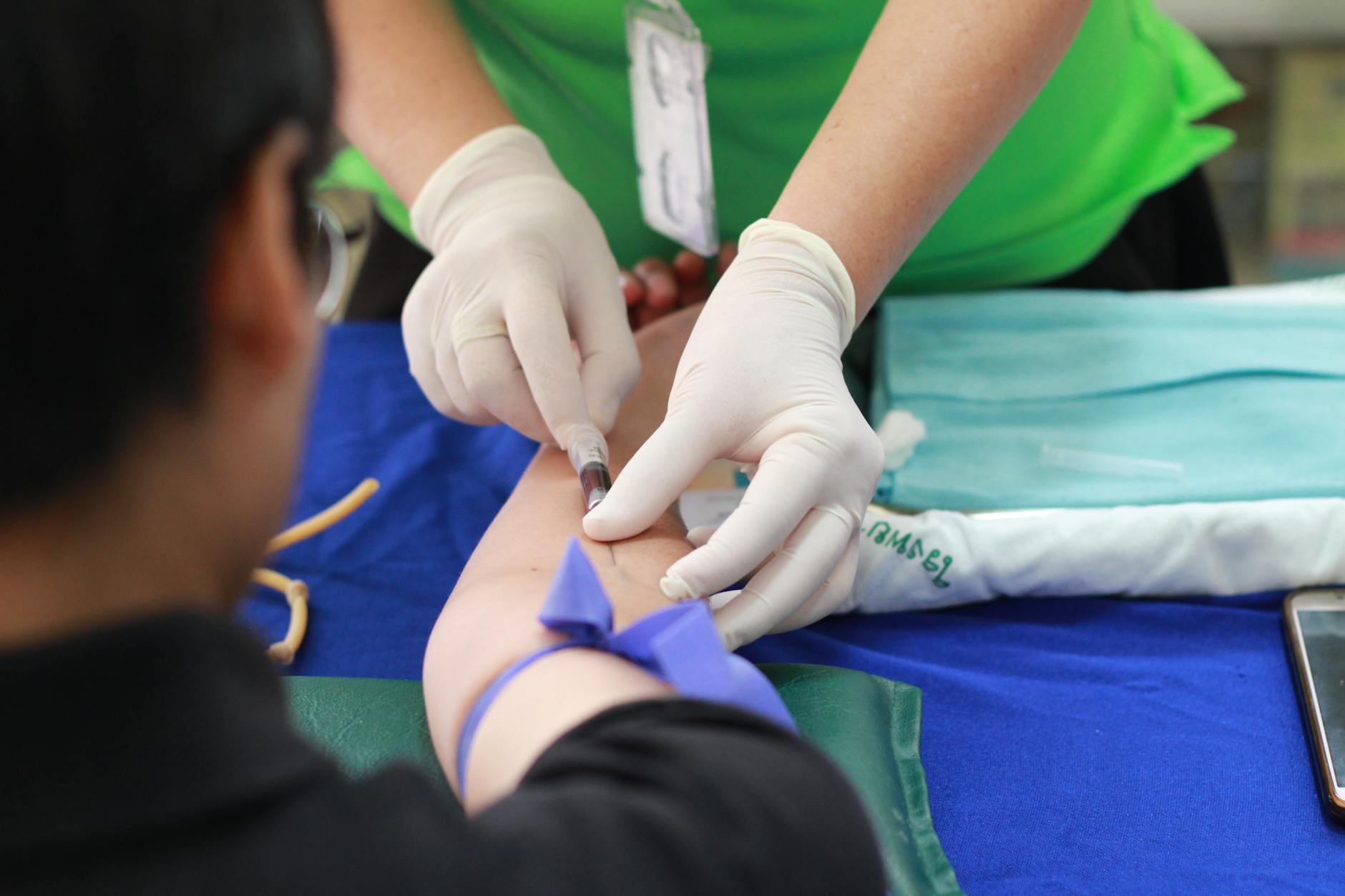
Stay hydrated
When traveler’s diarrhea strikes, maintaining proper hydration is crucial. Drink plenty of safe fluids, such as bottled water, oral rehydration solutions, or clear broths. Avoid caffeine and alcohol, as they can worsen dehydration. Aim to consume at least 2-3 liters of fluids per day, or more if experiencing severe symptoms.
Rest and adjust your diet
Give your digestive system time to recover by getting ample rest and following the BRAT diet:
- Bananas
- Rice
- Applesauce
- Toast
These bland, easily digestible foods can help stabilize your stomach. Gradually reintroduce other foods as your symptoms improve.
When to seek medical attention
| Symptoms | Action |
|---|---|
| Severe abdominal pain | Seek immediate medical care |
| High fever (>102°F/39°C) | Consult a doctor |
| Bloody stools | Visit a healthcare facility |
| Persistent vomiting | Get medical attention |
| Symptoms lasting >3 days | Consult a healthcare professional |
How to find reliable healthcare abroad
- Contact your travel insurance provider for recommended clinics
- Consult your country’s embassy or consulate for local healthcare recommendations
- Use reputable online resources like the International Association for Medical Assistance to Travelers (IAMAT)
- Ask your hotel concierge or host for trusted local medical facilities
- Research and save emergency numbers for your destination before traveling
Remember, prevention is key, but knowing how to handle traveler’s diarrhea can make your trip more comfortable if it does occur. With these strategies in mind, let’s explore some preventive measures you can take to minimize the risk of getting sick while enjoying local cuisines.
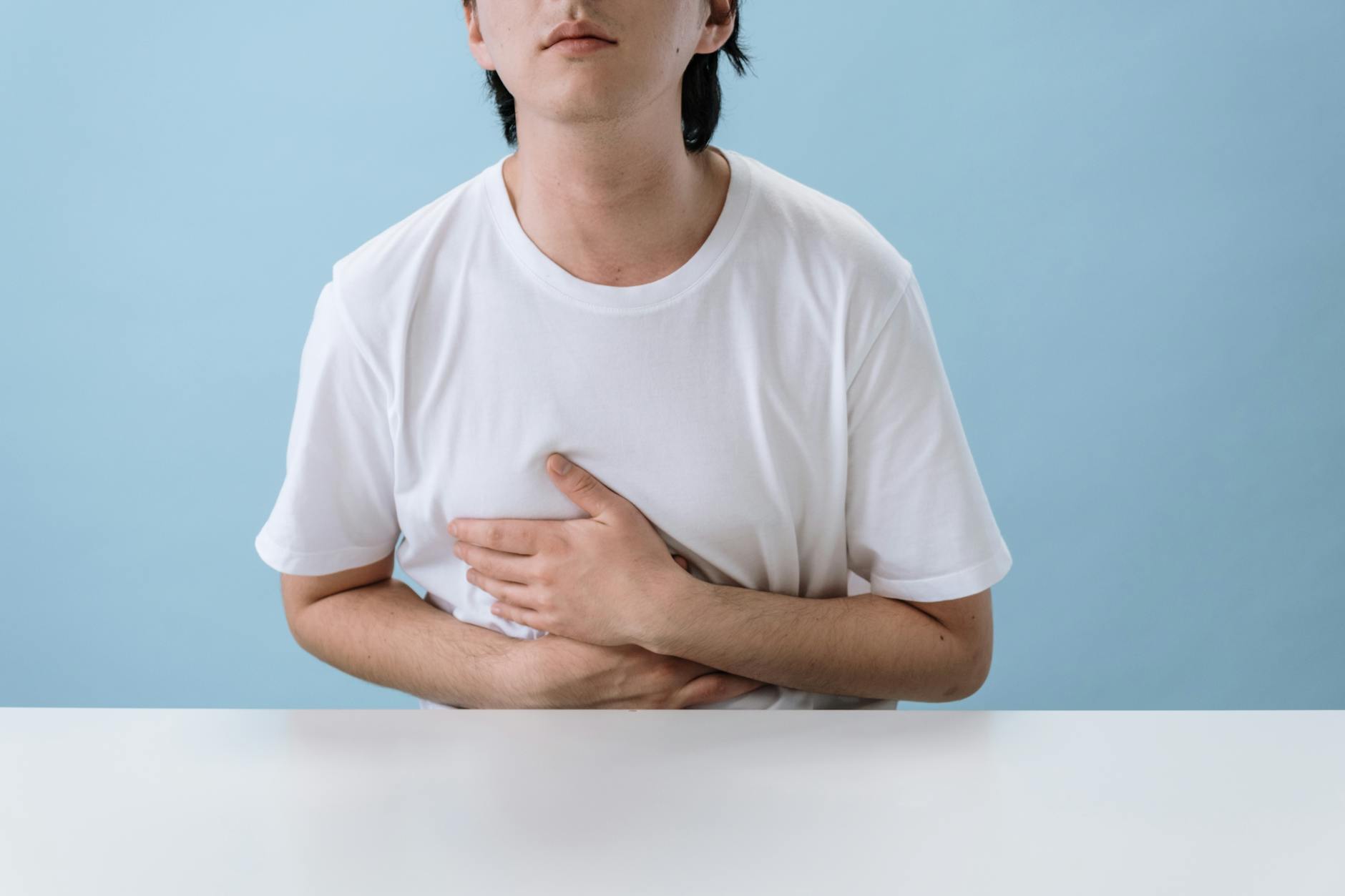
Staying vigilant about food safety and personal hygiene is crucial when exploring new destinations. By following the guidelines outlined in this post, you can significantly reduce your risk of traveler’s diarrhea and other foodborne illnesses. Remember to be cautious with water sources, choose cooked foods, maintain good hand hygiene, and pack essential medications.
Don’t let the fear of getting sick hold you back from experiencing the culinary delights of your travel destination. Instead, arm yourself with knowledge and take sensible precautions. With these tips in mind, you can confidently savor local cuisines while keeping your digestive system happy and healthy throughout your journey.

